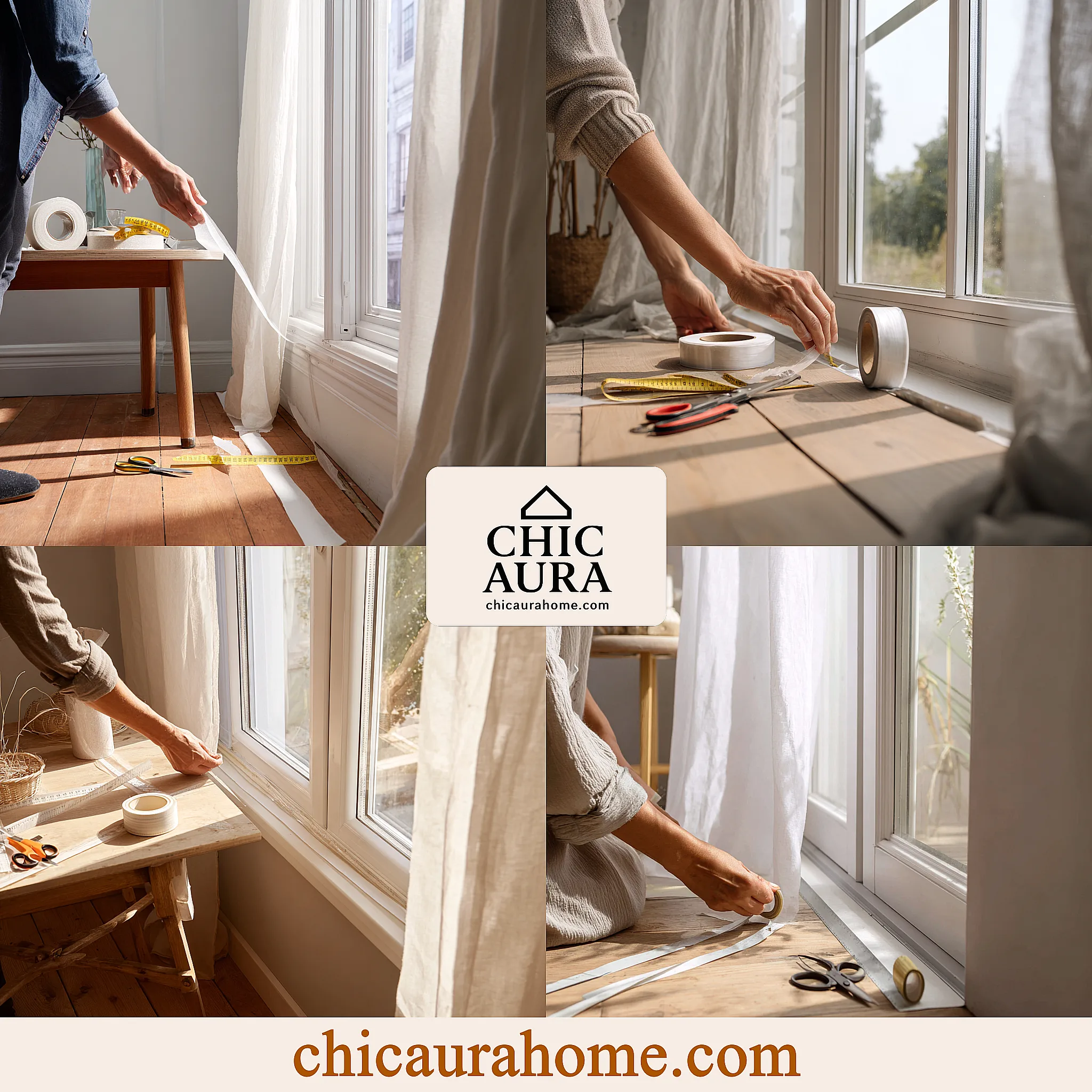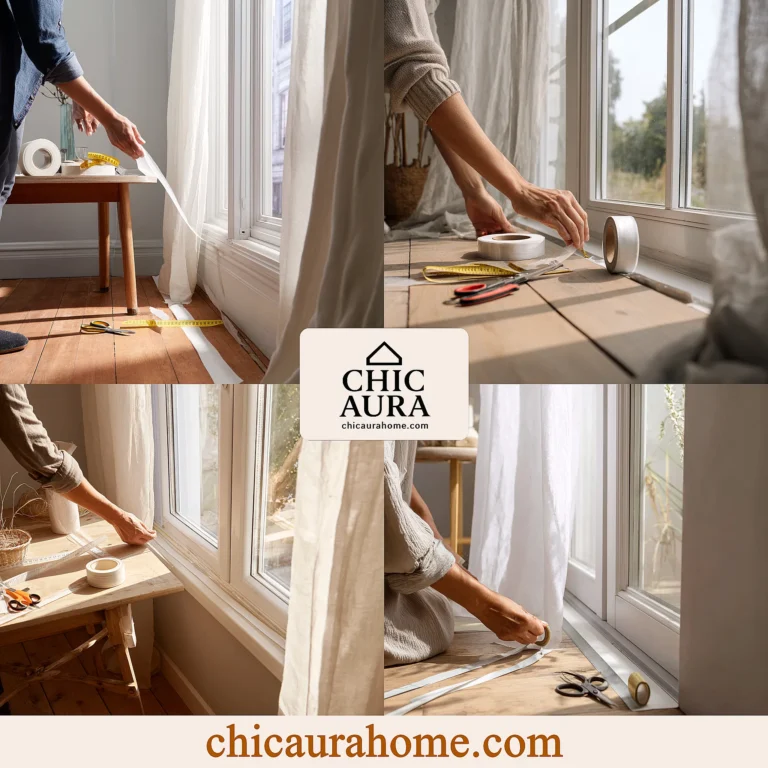
Weatherstripping your windows is a simple yet effective DIY project that can significantly enhance your home’s comfort and energy efficiency. With the right approach, you can seal out drafts, reduce noise, and even save on heating and cooling costs. This guide will walk you through the essentials of weatherstripping windows DIY, ensuring you achieve professional results without the hefty price tag. Whether you’re a seasoned DIY enthusiast or a beginner, these 22 tips will empower you to tackle this project with confidence and precision.
Why Weatherstripping Windows DIY is a Game-Changer for Your Home
Weatherstripping windows DIY not only improves your home's energy efficiency but also enhances indoor comfort by eliminating drafts. This section explores the benefits of undertaking this project, including cost savings and increased property value. Learn how a small investment in time and materials can lead to significant long-term rewards.
Choosing the Right Materials for Your Weatherstripping Windows DIY Project
Selecting the appropriate materials is crucial for the success of your weatherstripping windows DIY project. From adhesive-backed foam tape to V-strip and door sweeps, this section provides a comprehensive overview of the options available. Discover which materials best suit your windows' needs and how to apply them for optimal performance.
Step-by-Step Guide to Weatherstripping Windows DIY
This detailed guide walks you through each step of the weatherstripping process, from preparation to application. Learn how to measure your windows accurately, choose the right weatherstripping material, and apply it correctly to ensure a tight seal. With these expert tips, you'll be able to complete your project efficiently and effectively.
Conclusion
Weatherstripping windows DIY is an invaluable skill that can lead to a more comfortable, energy-efficient home. By following the tips and techniques outlined in this guide, you're well on your way to achieving professional-quality results. Remember, the key to success lies in choosing the right materials and applying them with care. As you enjoy the benefits of your efforts, consider exploring other home improvement projects to further enhance your living space. For more DIY tips and tricks, visit our blog at https://chicaurahome.com/.
Frequently Asked Questions
Q: How often should I replace the weatherstripping on my windows?
Weatherstripping should be inspected annually and replaced every 3-5 years, depending on the material and exposure to elements.
Q: Can weatherstripping windows DIY really save me money?
Yes, properly applied weatherstripping can reduce your energy bills by preventing heat loss in winter and keeping cool air inside during summer.
Q: What's the best weatherstripping material for very old windows?
For old windows, V-strip or adhesive-backed foam tape is often the best choice due to their flexibility and ease of application.

